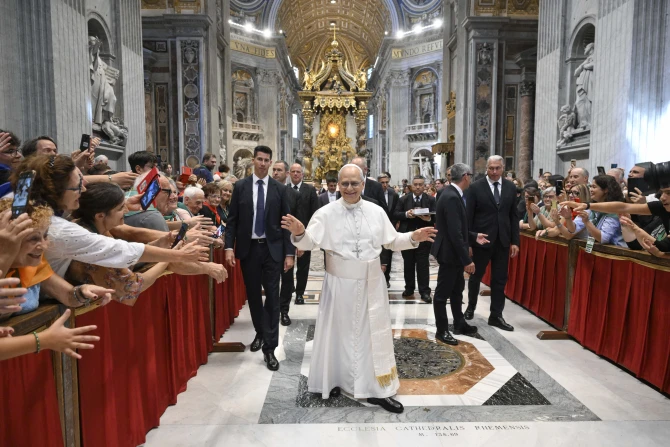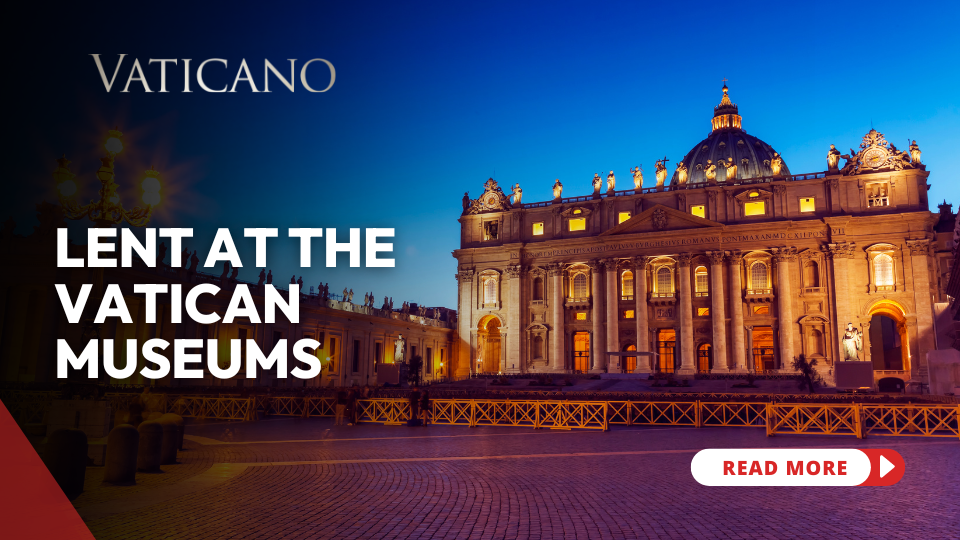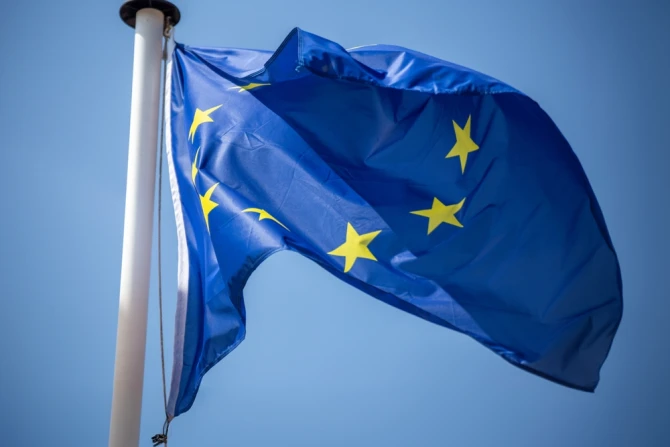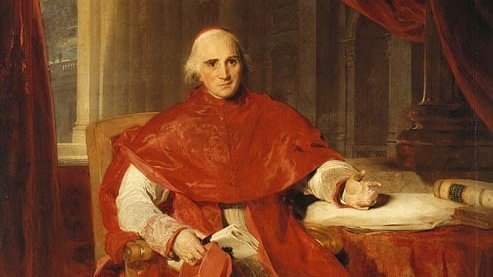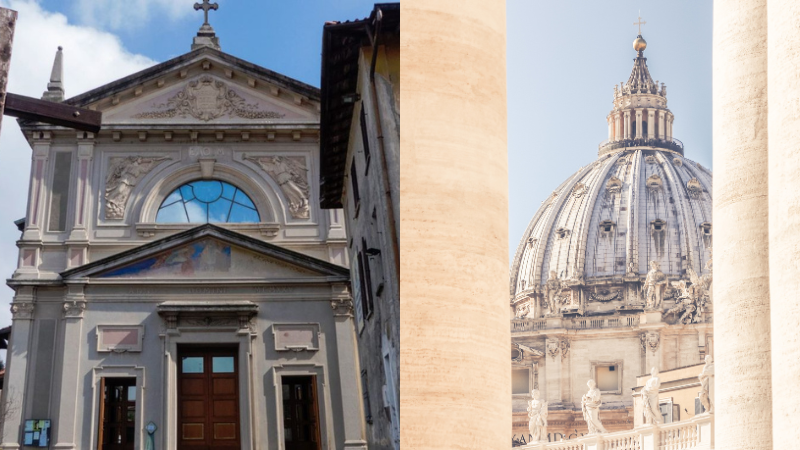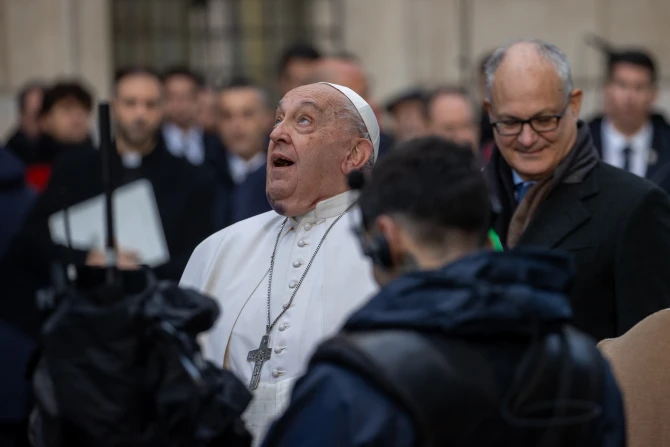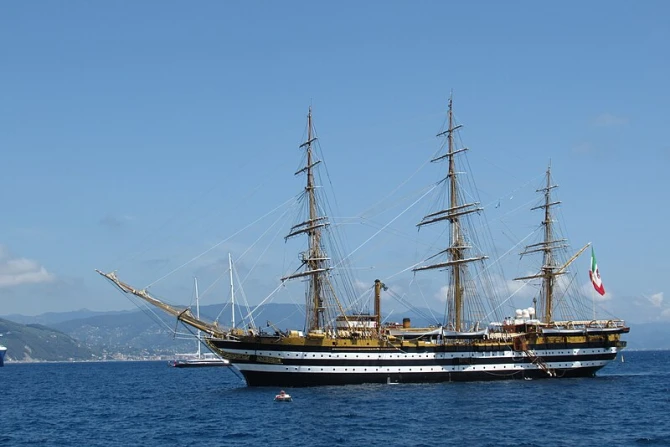A 2025 survey of more than 1,100 American priests found high rates of self-reported personal flourishing, strong confidence in Pope Leo XIV, and a mixed level of trust in U.S. bishops.
The National Study of Catholic Priests, published on Oct. 14, was commissioned by the Catholic Project at The Catholic University of America and conducted by Gallup. Researchers surveyed the same priests who were surveyed in The Catholic Project’s 2022 survey to examine the U.S. priesthood.
The survey showed strong confidence in the first-ever American pope. About 43% of those surveyed expressed “a great deal” of confidence in Leo and another 43% reported “quite a lot” of confidence in the pontiff. About 13% said they have “some” confidence, and only 1% expressed “very little” confidence.
Most priests also predicted the U.S. Church’s relationship with the Vatican will improve, with 51% saying it will improve significantly and 28% saying it will improve somewhat. About 17% said it would likely stay the same, and 3% think it will worsen.
Priests lack trust in U.S. bishops
Confidence in bishops was significantly lower. Just 52% of diocesan priests reported they trust their own bishop, which is slightly higher than the 49% who said the same in 2022. Yet, those numbers are much lower than 2001, when 63% trusted their own bishop.
About 74% of priests said their bishop cares about them, and 11% said their bishop did not. The survey also found that 83% said they can reach their bishop or superior when needed, while 8% said they could not.
The numbers are worse for U.S. bishops as a whole. Only 27% of priests surveyed reported trust in the U.S. bishops, although this is an uptick from 2022 when only 22% had trust in them. It is much lower than 2001, when 39% of priests trusted U.S. bishops.
Personal flourishing
Priests reported high rates of personal flourishing, which is measured by mental health, physical health, purpose, character, and social relationships. The average rate was 8.2 out of 10, which is identical to the results of the 2022 survey. Diocesan and religious priests reported the same rate of personal flourishing.
When asked questions about whether their religious communities were flourishing, the results were lower. The community flourishing rate was 5.7 out of 10 for diocesan priests and 6.2 out of 10 for religious priests.
Researchers found that 92% have a close relationship with at least one other priest, but also about one-third of those surveyed said their relationships with other priests tends to be superficial.
Recently-ordained priests reported more loneliness. About 45% of priests ordained in 2000 or later reported loneliness, as did 34% of priests ordained between 1980 and 1999 and 27% ordained before 1980.
Burnout
The survey also measured priests’ “burnout,” which asked questions about feeling “worn out and weary” or “emotionally drained” and whether they “talk about [their] ministry in a negative way.”
For diocesan priests, 56% said they felt no burnout while 44% felt some burnout. Among those feeling burnout, only 7% had high burnout. For religious priests, 69% said they felt no burnout, 31% felt some burnout, and among those feeling burnout only 2% had high burnout. Burnout rates slightly improved since the 2022 survey, which found half of diocesan priests and one-third of religious priests feeling some burnout.
The survey found that 96% of priests reported having access to mental health counseling if they need it, but only 11% are receiving treatment or therapy for a mental health condition.
Some priests, however, said they are “expected to do too many things that go beyond my calling as a priest.” The rate is much higher for newer priests than it is for older priests.
About 45% of priests ordained in 2000 and later reported that feeling, as did 38% of priests ordained between 1980 and 1999 and 13% of priests ordained before 1980.
The survey was conducted between May 12 and June 30 of this year. The response rate was 38%.
This article was originally published by CNA.

